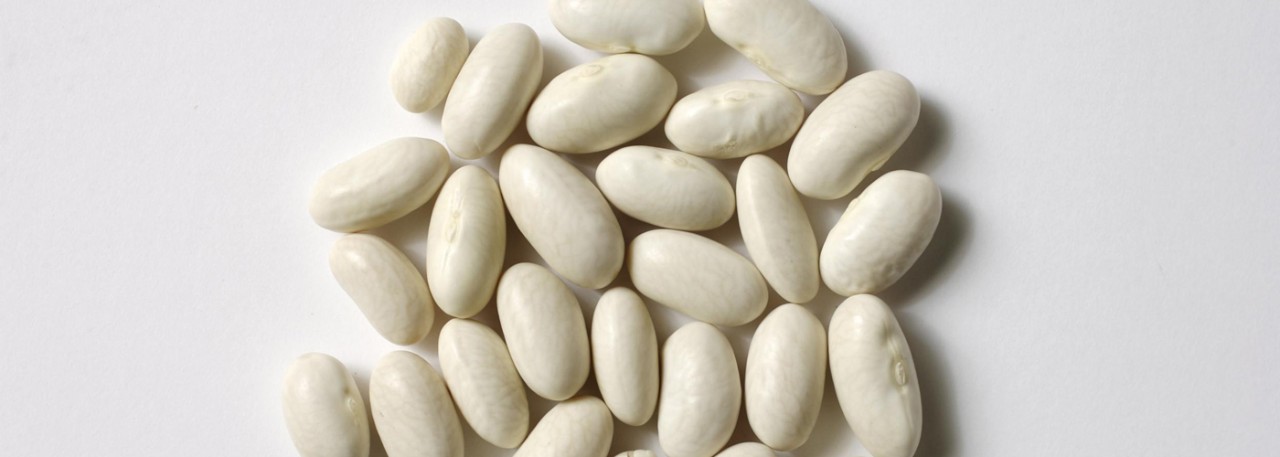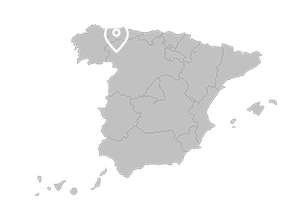.png.transform/rendition-xs/image_image%20(1).png)
Alubia de La Bañeza-León PGI
Dry seeds separated from the bean pod (Phaseolus vulgaris L., sub-species Papilionaceae, a grain legume for human consumption) of the Canela, Plancheta, Small Kidney and Pinta local varieties.
Tasting notes
Canela: When cooked the bean retains its shape very well, with a smooth and not very firm skin, the inside is very soft, slightly buttery, smooth and quite floury.
Plancheta: When cooked the bean retains its shape well, with a smooth and very soft skin, the inside is very soft, slightly buttery, smooth and slightly floury.
Pinta: When cooked the bean retains its shape reasonably well, with a smooth and very soft skin, the inside is soft, buttery, very smooth and quite floury.
Small Kidney: When cooked the bean retains its shape fairly well, with a very smooth and fairly firm skin, inside it is soft, quite buttery, very smooth and quite floury.
Other notes
Properties of the different varieties:
Canela: has an elongated kidney shape, an even cinnamon color and 100 seeds weigh between 50 and 62 g.
Plancheta: has an oval shape, white color and 100 seeds weigh between 44 and 52 g.
Pinta: has a rounded shape, cinnamon color with maroon specks and 100 seeds weigh between 51 and 67 g.
Small Kidney: has an oval kidney shape, white flecked color and 100 seeds weigh between 41 and 57 g.
Physical and chemical properties of the dried product: absorption rate of over 100% in distilled water at a temperature of between 10 and 15ºC during 10 hours.
Production / Processing method
Farming plots are either irrigated or very cool dry areas. Beans are rotated every two years at the most. They are sown in the spring at a density of up to 190,000 plants/hectare. The beans are picked in August, September or October, once the grain has fully ripened.
Storage is carried out by growers or other operators, but mixing beans from different batches should be avoided, as they should be physically separated. Storage warehouses must comply with current technical and health regulations.
The beans undergo raw material quality control processes, checking the regularity of the various batches, pre-cleaning, sifting and classifying, eliminating defective grains, packaging using dosifiers, final quality control and labeling, which includes placing identifying back labels issued by the Regulatory Council.
Geography / Relief and climate
The average rainfall during the growing period enables the bean plant to develop properly, as it is grown both in irrigated soil and in very cool dry areas.
The soil texture in the area is predominantly loamy and sandy-loam, with a moderate clay content, neutral or acid pH, rich in organic matter and very low levels of carbonate. Overall, these soils provide high water absorption, low levels of ash and better taste, flavor and appearance after cooking, basically resulting in smoother skin and a creamier, more floury texture.
Regulatory Council
Consejo Regulador de la IGP Alubia de La Bañeza-León
Avenida Portugal s/n
24750 La Bañeza (León)
Tel. (+34) 987 641 686
direccion@alubiadelabanezaleon.es
www.alubiadelabanezaleon.com
Sources:
- Spanish Ministry of Agriculture
Beans are rotated every two years at the most.


- Alubia de La Bañeza 1
- Alubia de La Bañeza 2

La Bañeza (Castile-Leon)
